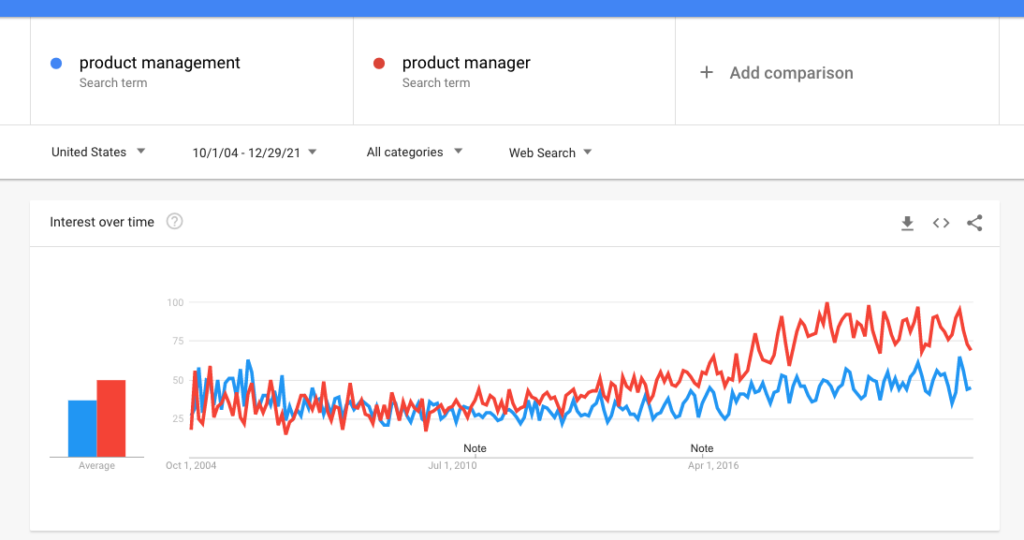If you don’t protect yourself from the tens of recurring daily distractions you face in work or your personal life you’re going to quickly find yourself in a quicksand of shallow activities. These activities will create the illusion and feeling of forward progress.
A: Slack
Something that I’ve struggled with is Slack-a-mole, ie: constantly keeping up with your Slack, or other work instant messaging platforms like Teams. Slack, just like its cousin, email, is a public to-do list. The catch is that it’s non-prioritized and seemingly always urgent.
Having 0 unread messages doesn’t indicate you’re moving your important projects along. In effect, the ease of getting through all your Slack messages will become a camouflaged version of procrastination.
A big way to tackle this is to realize when you’re falling into auto-pilot and your day lacks purpose. We’ve all had both purposeful and purposeless days. The latter often manifests in an all-encompassing flow state, the former ends up being a big number of tiny forward jumps all requiring ceaseless context switching.
The Multi-tasking Myth
When you’re constantly jumping around between different tasks, you’re not multi-tasking, you’re single-tasking badly. Your brain can really handle up to two related tasks at once effectively 🧠. Even then, I’d argue that you’ll get more pleasure out of focusing on solely one task at a time.
Using something simple like the Pomodoro technique, and any number of the neat apps available to implement it such as Be Focused and Flow has helped me a bit.
You will have to get through emails, Slack…etc, for that create dedicated predictable chunks of time where you do these activities. This type of batch processing will alleviate your instant communication FOMO.
Culture
Yet, if all the people you work with expect you to always immediately reply, this plan isn’t going to quickly pan out for you. So there’s a cultural expectation that you need to set with your team, that asynchronous communication is important, that things aren’t urgent unless explicitly stated to be so, and that fostering a state of flow* will yield dramatically better results (and happiness!). What’s worked for me is reminding my teams that if it’s urgent then they should call me.
Parting Thoughts
Be intentional about what you are going to spend time doing. Nothing is more valuable than your time, it’s a finite thread, and we all lose it faster than we think.
That is today’s personal development challenge, more than anything, your attention is up for sale, and most of us sell that stuff real cheap.
I hope this helps you find some center.

* Book links are affiliate links. Thanks for your support 🙏🏽
Photo by Martin Sanchez on Unsplash
Photo by Paul Skorupskas on Unsplash


